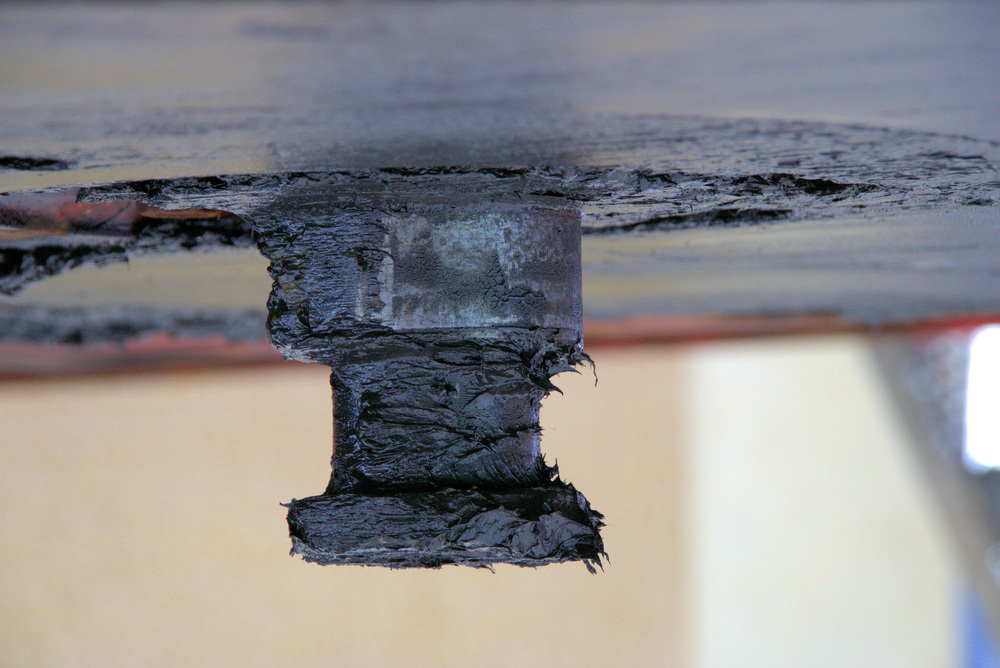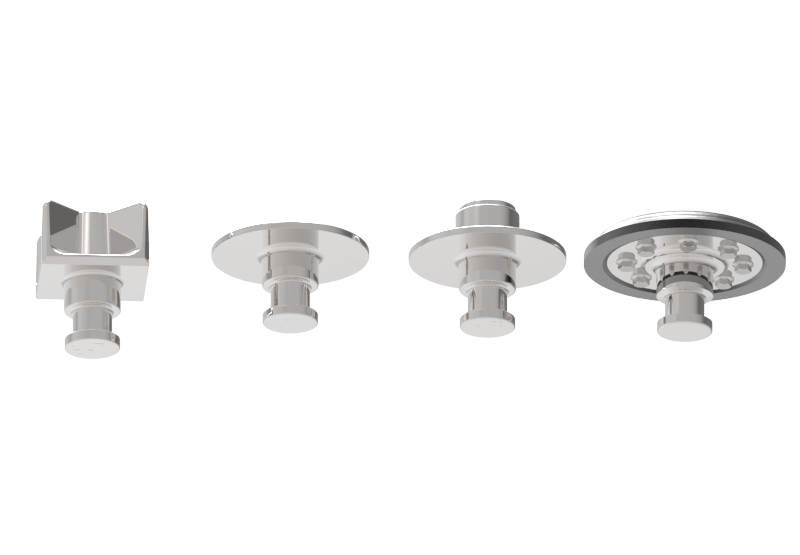
A Guide to Kingpin Replacement
Trailer kingpins are crucial to smooth operation and secure tractor/trailer couplings. They should deliver exceptional strength, balance, and wear resistance for miles. However, there will come a time when repair or replacement is necessary.
Here’s what you need to know about the kingpin replacement process.
How to Tell If Your Kingpin Needs Replacing
The most common signs of a faulty kingpin are:
- Difficulty coupling
- Difficulty uncoupling
- Worn down throat (see Item 1 in this document)
- Worn down shoulder (see Item 2 in this document)
- Premature wear from lack of lubrication
It’s also important to understand that aggressive, non-compliant coupling attempts may bend or damage kingpins. If you have not followed standard coupling protocols, your kingpin may be in poor condition.
How to Inspect a Kingpin for Replacement
Kingpin inspection is fairly uniform. Kingpins are built to SAE dimensional standards. Reference linked JOST document LT_KZ003-00_A. Kingpin replacement procedures vary from vehicle to vehicle. You can reference TMC RMP-750 to determine how to best inspect your kingpin and upper coupler.
Bolt-in upper couplers are most common on tank trailers, while most van and flatbed trailers have fabricated structures, including kingpins and upper couplers. Regardless, here are the steps you’ll loosely want to follow:
- Cut out the upper coupler plate welds
- Cut the kingpin from the cross member structure
- Remove any bent or corroded cross members
At a minimum, a damaged, worn, or warped upper coupler plate and kingpin will need to be replaced.
How Long Does It Take to Replace a Kingpin?
You might be wondering how long your trailer will have to be in the shop for a kingpin replacement. This depends on your upper coupler’s design and the extent of the upper coupler structure damage or corrosion.
A bolt-up upper coupler and kingpin can be replaced within just two hours, while a fabricated upper coupler plate may take up to eight hours of labor. These timelines may be extended to a few days in severe cases involving structural cross members and floor structure.
How Much Does It Cost to Replace a Kingpin?
The cost of kingpin replacement can also vary based on a number of factors. You’ll want to consider things like:
- The extent of structural fatigue or wear
- Your trailer’s OEM upper coupler design complexity
- The cost of service and installation, plus the replacement part itself
Keep in mind that the replacement cost is well worth it for a high-quality kingpin replacement. Find a manufacturer that promises quality, so you can get longer-lasting value and minimize damage in the long run.
Trust JOST International for Steel-Forged, High-Strength Kingpins
For quality, strength, and safety, choose JOST. JOST kingpins have proven themselves mile after mile, all across the world. They’re steel forged, offering outstanding wear and impact resistance. Find a dealer near you.



Recent Comments